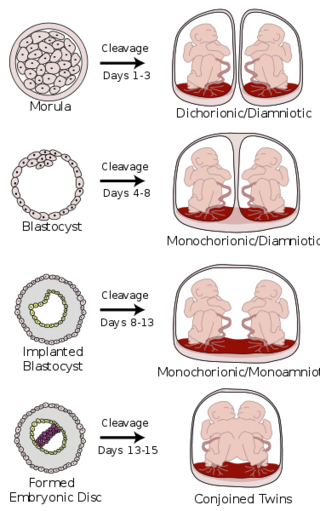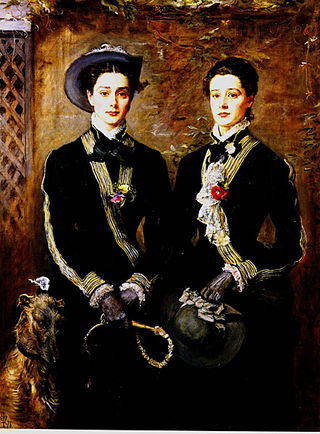Genetics
Why Twin Studies Don't Separate Genes and Environment
...and why that casts doubt on claims about intelligence, personality, and more.
Posted June 22, 2010 Reviewed by Davia Sills

Many claims have been made about the degree to which genes and environment affect personality, intelligence, and various forms of behavior. A key source of evidence is provided by twin studies.
Identical twins are formed from a single ovum fertilized by a single sperm—at some early point, the zygote divides and gives rise to two separate fetuses. Identical twins share all their genes and, therefore, are always of the same sex.
Fraternal twins are formed from two different ova fertilized by two different sperm. Essentially, fraternal twins are siblings born at the same time. Like other siblings, they share half their genes, and half the time, they are of different sexes.
In its simplest form, the logic behind twin studies argues that since twins are the same age and are raised together in the same family, their environments are substantially the same. Therefore, if identical twins are more similar in some behavior than fraternal twins, the increased similarity must be caused by the genes they share.
There are problems with the assumption that twins raised in the same family share substantially the same environment, but that is not what this post is about. This is about the prenatal environment.
The prenatal environment is arguably the most important environment in an individual's life. Environmental effects on the developing fetus can lead to a wide variety of subtle and profound lifelong alterations. The mother's health and nutrition, illnesses and accidents, level of stress, exposure to environmental toxins, medications, and alcohol, cigarettes, and other psychoactive substances are among the numerous environmental influences on the developing fetus.

Twin studies make the unjustified assumption that twins share the same prenatal environment. Actually, fraternal twins develop two placentas that can fuse together and appear to be one, while most identical twins share the same placenta. Clearly, two fetuses supported by the same placenta share a more similar environment than two fetuses supported by two different placentas.
In addition, different genes interacting with the same environment often produce different results. Thus, identical twins' genes may produce identical prenatal gene-environment interactions, while fraternal twins' genes may produce differing prenatal gene-environment interactions.
In a similar way, fraternal twins share a more similar prenatal environment than do siblings, and fraternal twins are more similar to each other in rates of schizophrenia and IQ than are siblings.
In other words, identical twins in utero have identical genes and more similar prenatal environments and more similar prenatal gene-environment interactions. Thus, one cannot conclude that if identical twins are more similar in some behavior than fraternal twins, the increased similarity must be caused by the genes they share. Instead, the conclusion should be that the greater similarity results from both the genes that identical twins share and their more similar prenatal environments.
Put another way, twin studies fail to separate the effects of genes and the prenatal environment. This failure casts doubt on claims of the relative effects of genes and environment on intelligence, psychiatric disorders, personality and other psychological variables, and other conditions.
One way to separate the effects of genes and prenatal environment would be to do a study comparing identical twins who shared one placenta with identical twins from two placentas.
References
Image Sources:
Placentation by Kevin Dufendach (2008)
http://commons.wikimedia.org/wiki/File:Placentation.svg
Painting of Twins Grace and Kate Hoare by John Everett Millais (1876)
http://commons.wikimedia.org/wiki/File:Twins_Grace_and_Kate_Hoare_1876…


